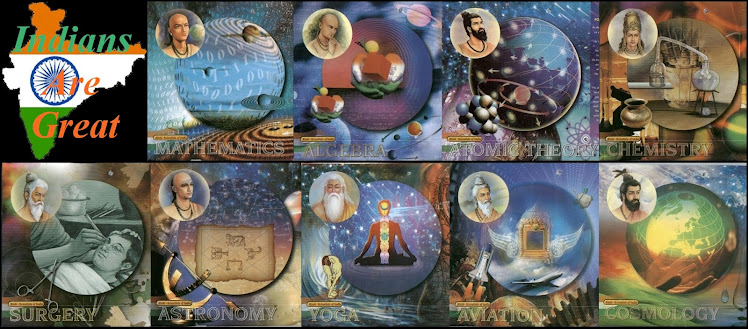 Decades of violence have plagued the disputed land of Kashmir, a volatile
region claimed by both India and Pakistan. Now, the Hindu Pandits who once made
up the bulk of the population face continued discrimination from the Muslim
majority.
Decades of violence have plagued the disputed land of Kashmir, a volatile
region claimed by both India and Pakistan. Now, the Hindu Pandits who once made
up the bulk of the population face continued discrimination from the Muslim
majority.In 1941, the Hindu caste of Pandits made up some 55 per cent of the population of Jammu and Kashmir, a mountainous region in Southeast Asia.
But ever since 1989, when a Pakistani backed campaign of ethnic cleansing and terror was unleashed by insurgents seeking the establishment of a Muslim state, the Pandit population has dwindled down to virtually nothing.
Vicky Ganjoo, a Pandit resident whose family’s house was burned down during an intense period of interethnic violence, has witnessed first-hand the mass exodus of his people.
“In the past 20 years, hundreds of thousands of Pandits in Kashmir have migrated out of the area, causing the population to decrease from 100,000 to 3,000. Recently some have started to come back here, but most say that they still face discrimination.”
During the decades of violence, the Indian government has estimated some 200 Pandits have been killed since the insurgency began. Other organizations, however, have estimated that figure could be as high as 3000.
While many in the Pandit community had hoped to return to the Kashmiri valley, fear and discrimination ultimately keep them away.
Ganjoo, who was forced to take responsibility for his family at a young age after his father passed away, complains of being a second-class citizen in his own land.
Living in a tiny, unheated room with his mother and brother, he has been unable to find steady work, despite having a master’s degree. He thinks that unless the Indian government comes to the aid of his people, the Pandits’ long history in Kashmir will soon come to an end.
“There is no hope, but if the government comes up with any packages, there is some possibility, otherwise, even the remaining few families will also move out of Kashmir…I think I will leave Kashmir.”
As of March, the Kashmiri government has been working on a comprehensive return and rehabilitation policy for Kashmiri Pandits.
One such returnee is Vijay Sas. After having left the valley more than 20 years ago, Sas has returned to claim a place in his homeland.
“I will never stop fighting because this is my right and nobody can deny me that whether he is from the majority or the minority. I belong to this place and this place belongs to me.”
Although Sas realizes the challenges his people face, he ultimately believes that despite the struggles ahead, the land of his ancestors will also be the land of his children.
“We expect, not today, basically it is a small thing to say in the next 10 years, I’m saying after 100 years, the Kashmiri Pandits will still be here. I may not be here, but the Kashmiri Pandit name will still be here and I believe that.”
http://www.forcefieldnow.org/Pandits1.htm

